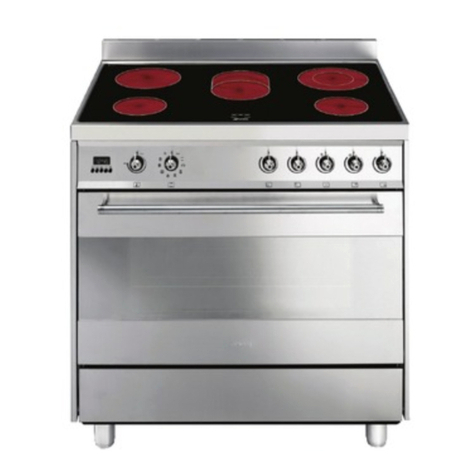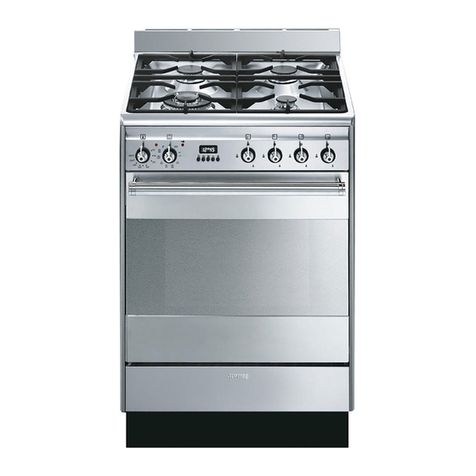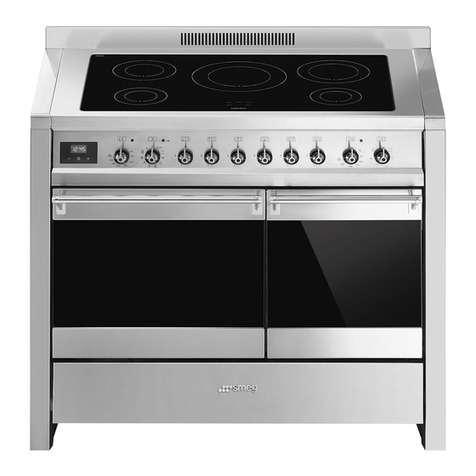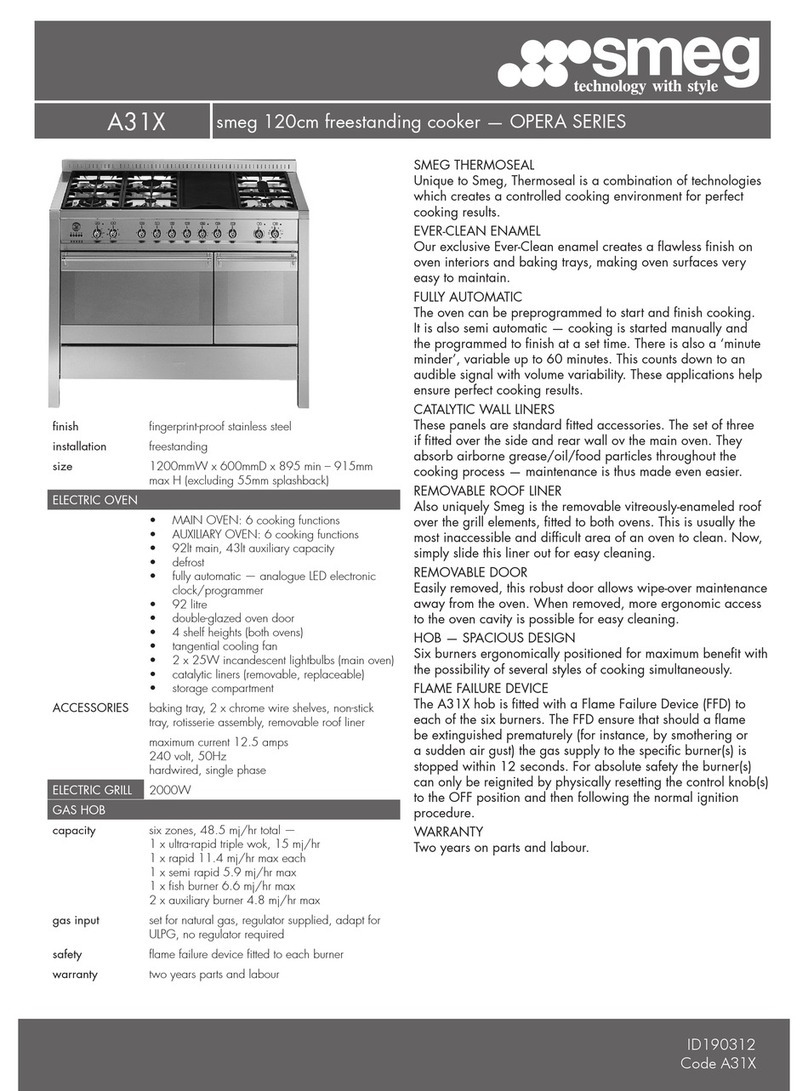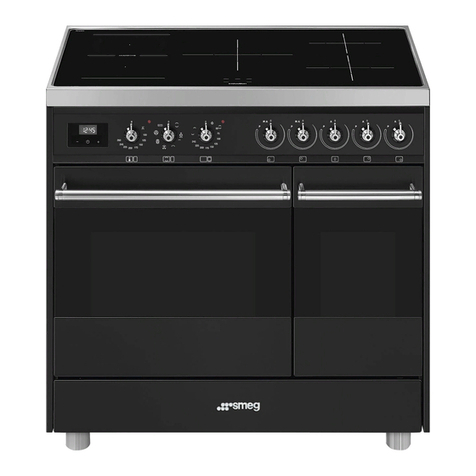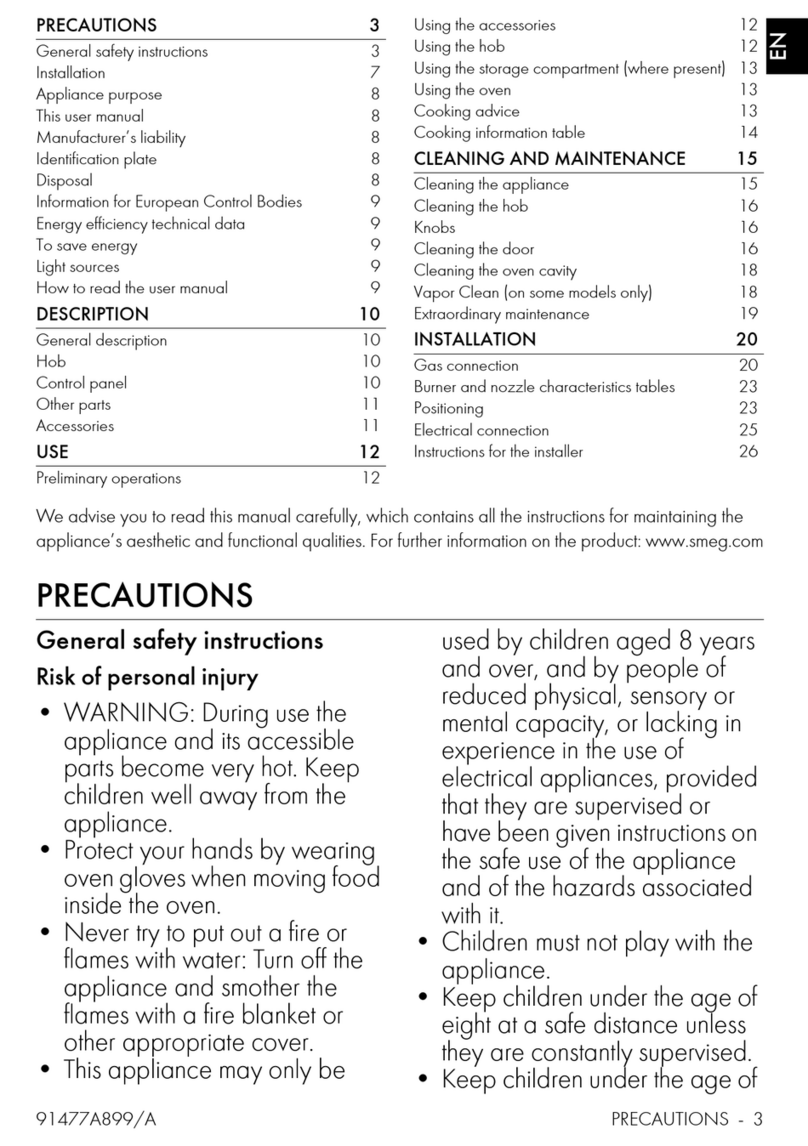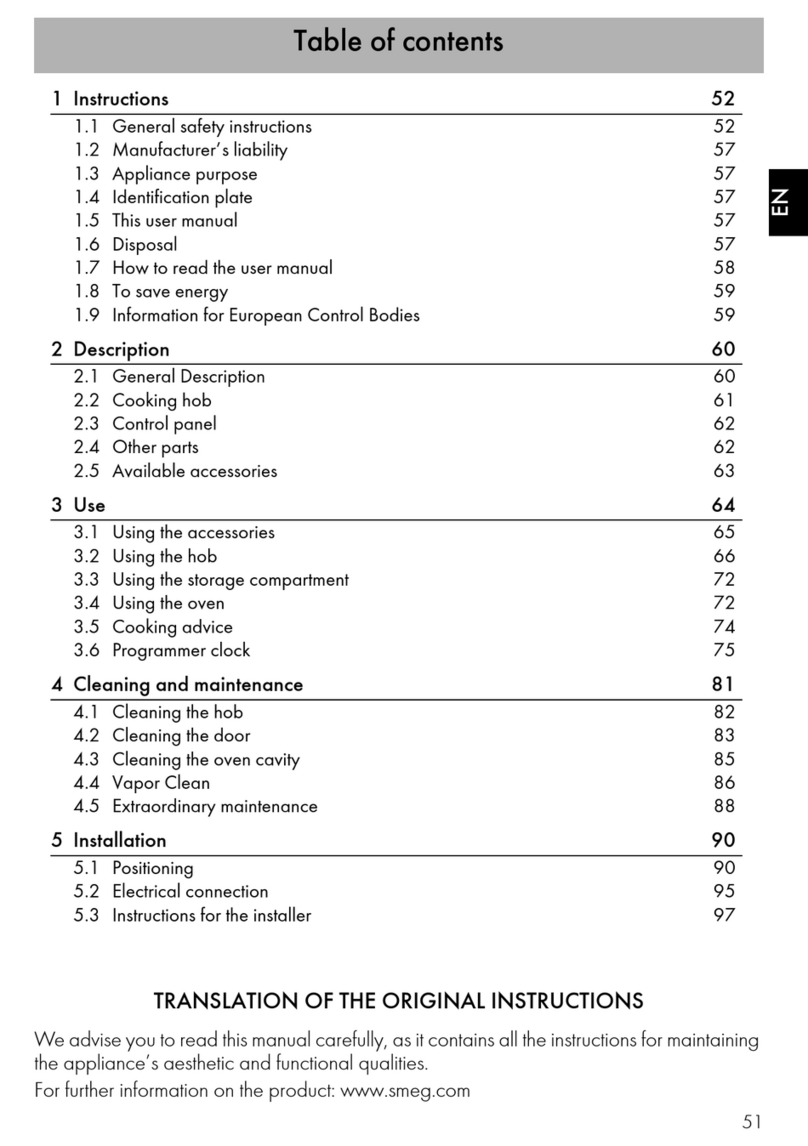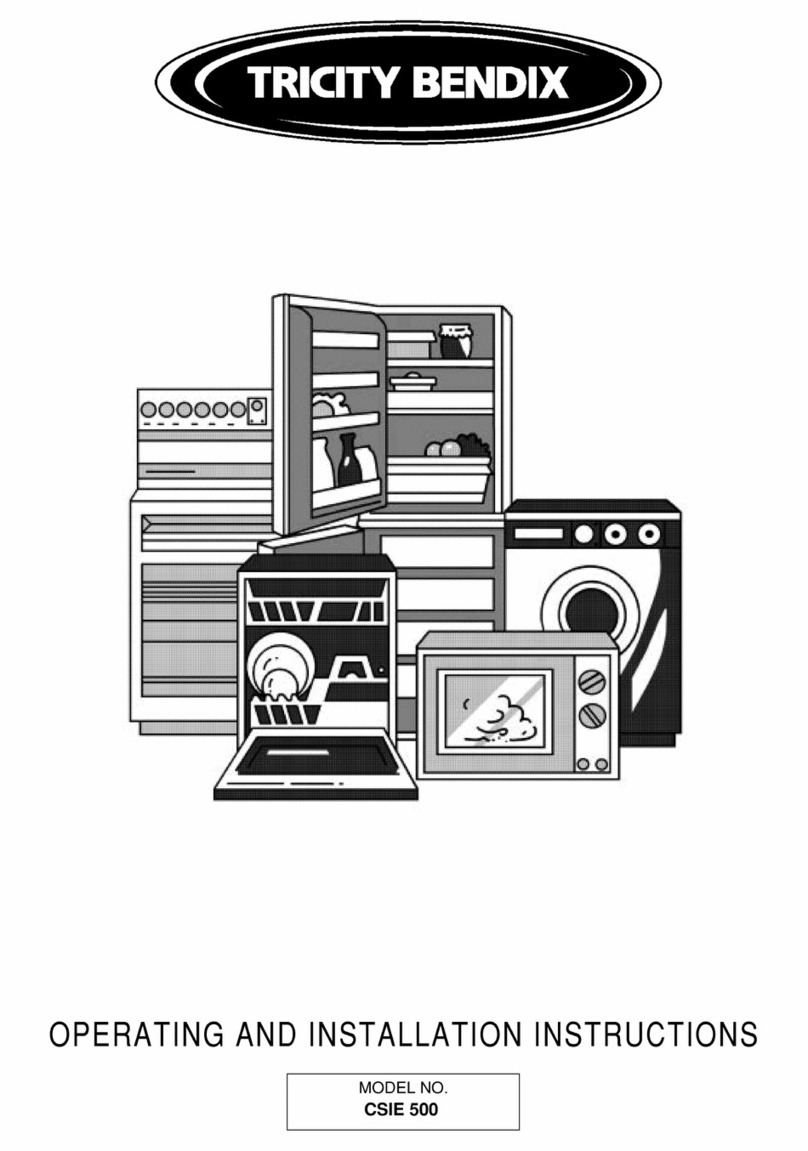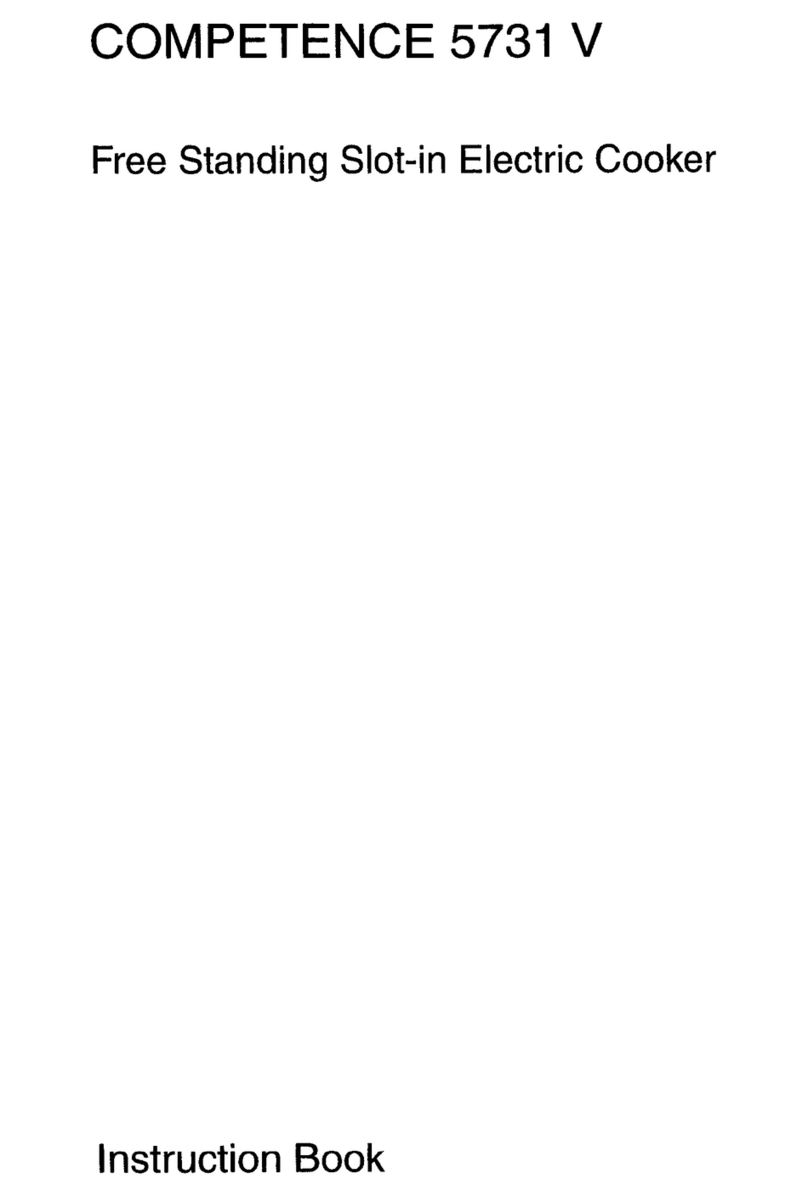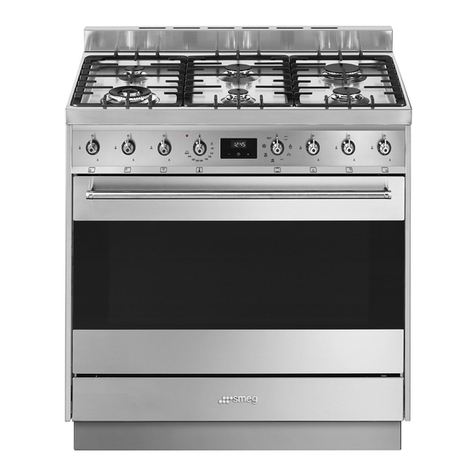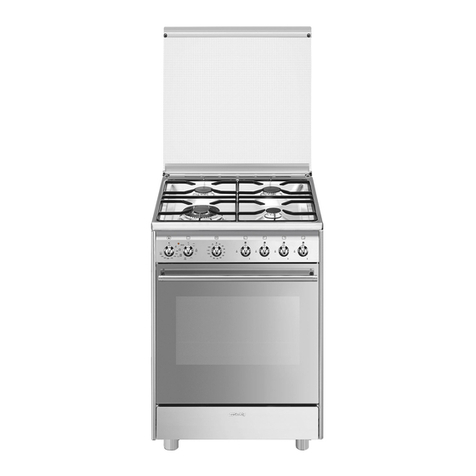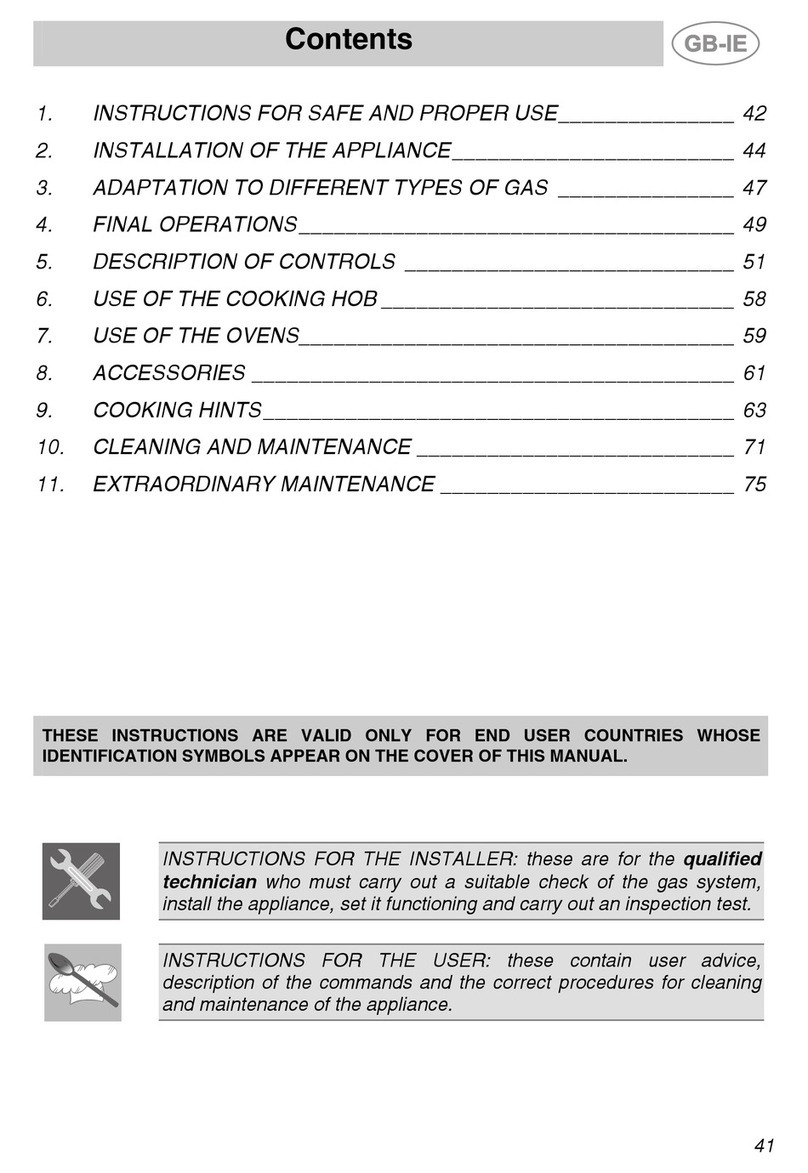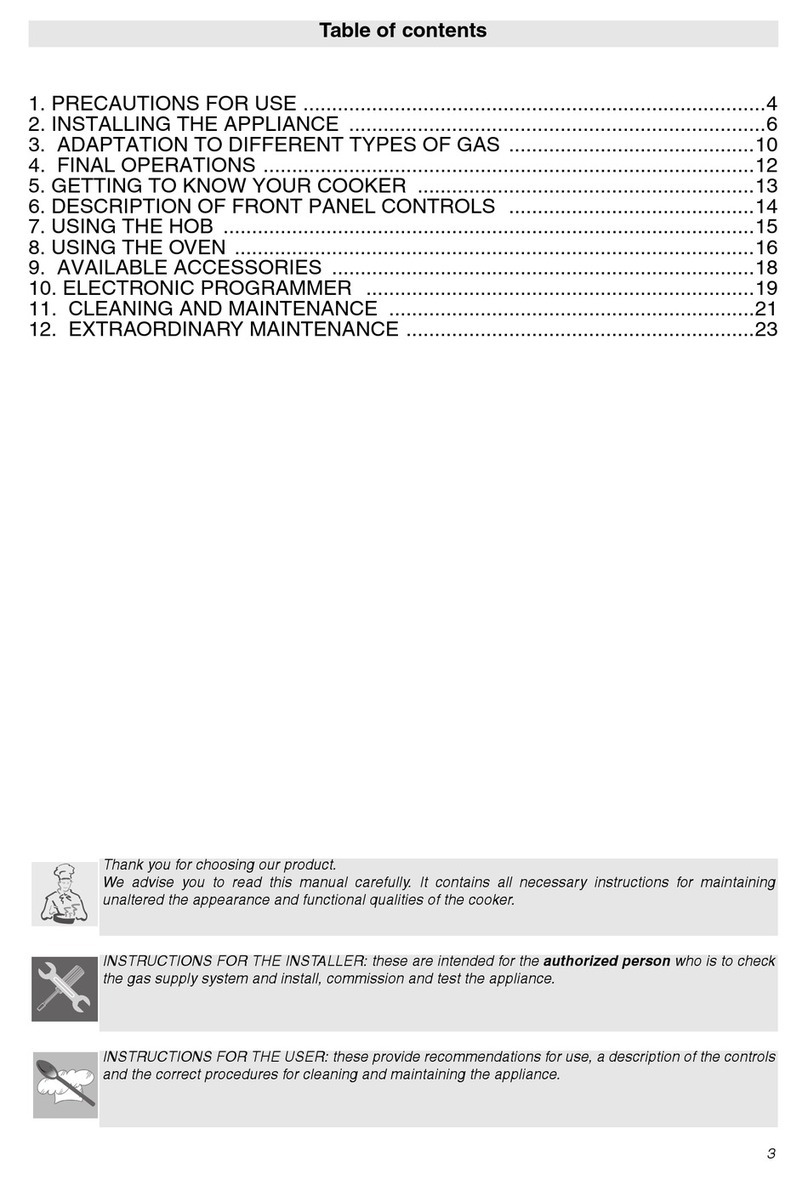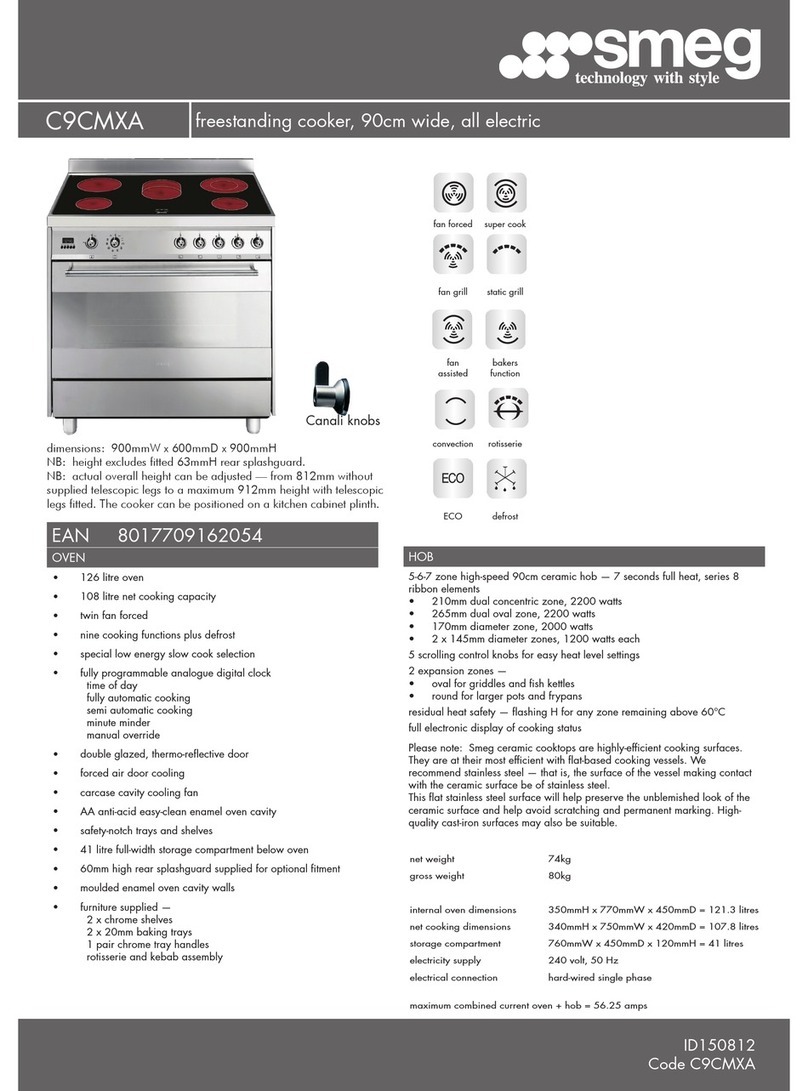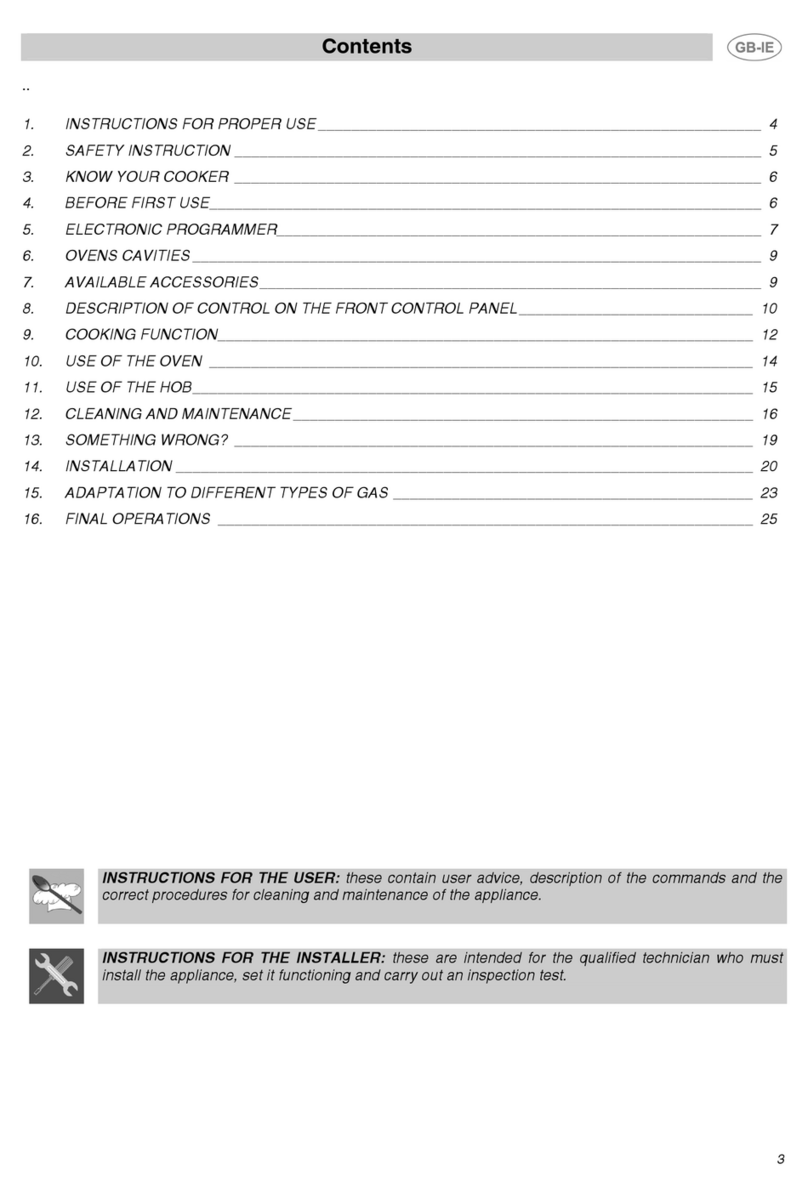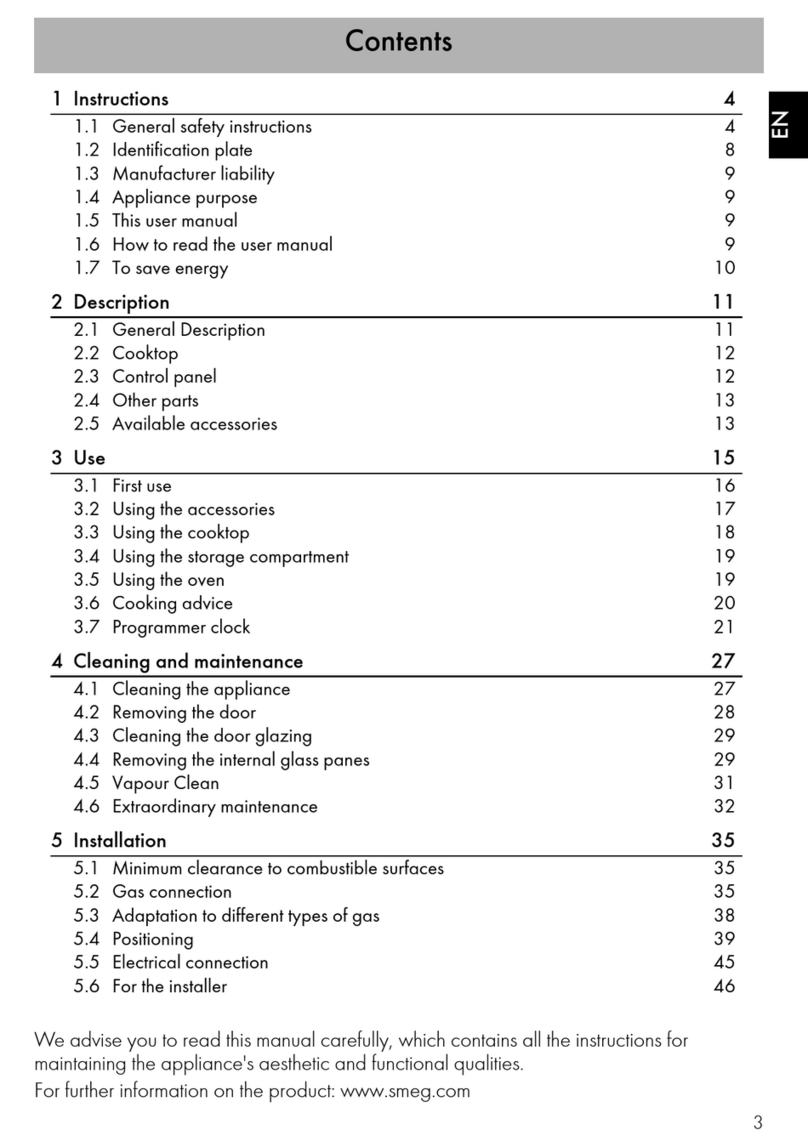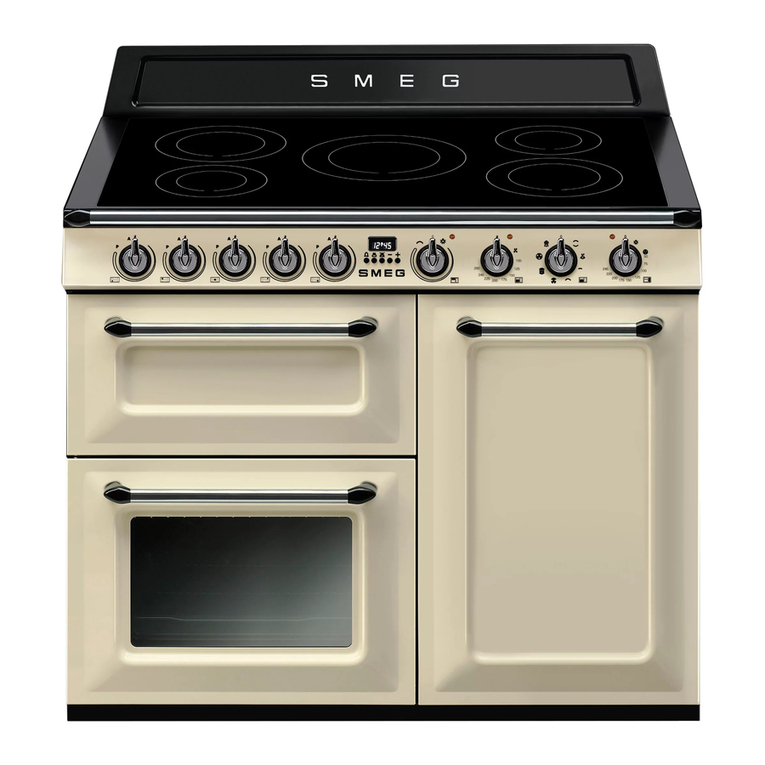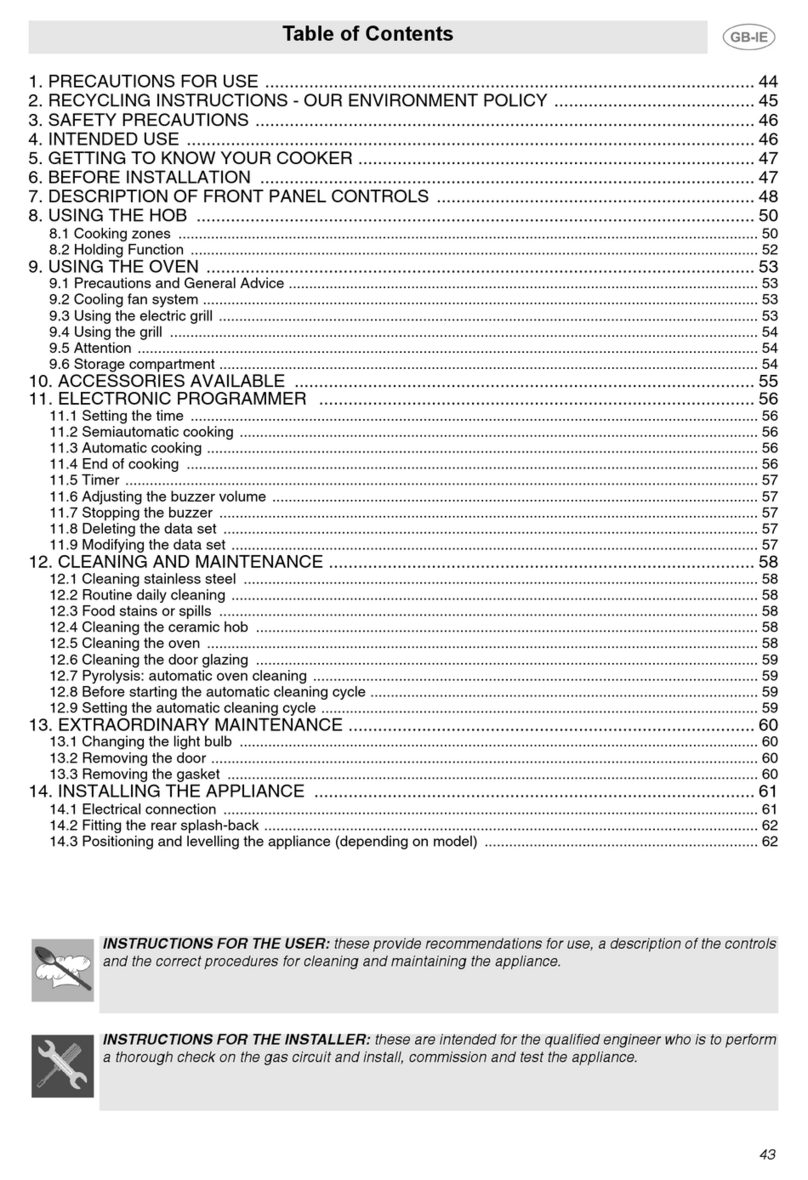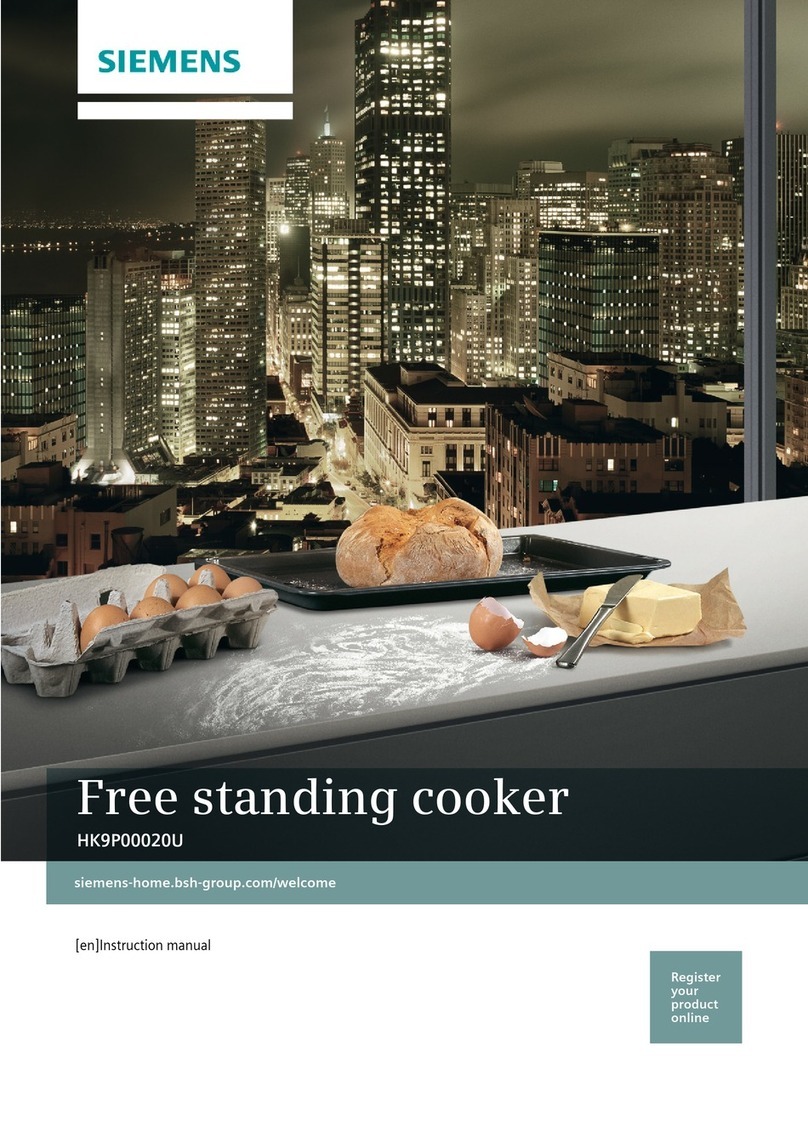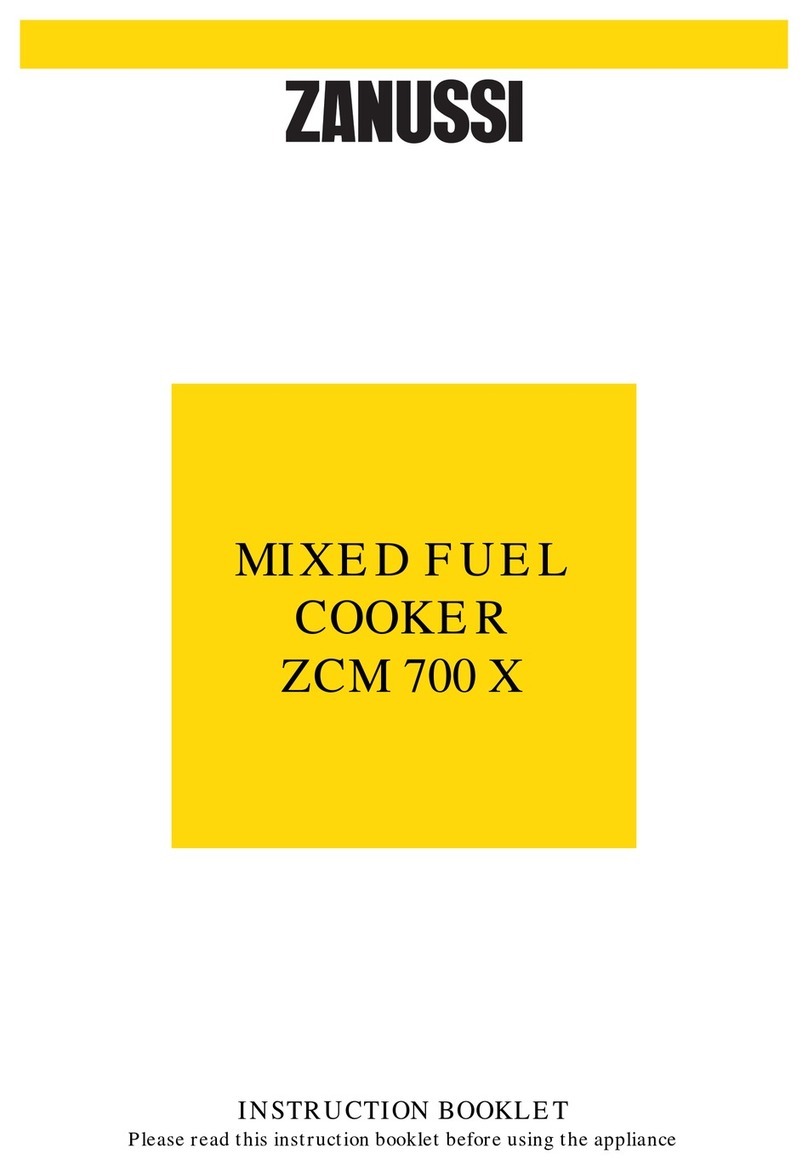
Instructions
4
1 Instructions
1.1 General safety instructions
Risk of personal injury
• During use the appliance and
its accessible parts become
very hot. Keep children well
away from the appliance.
• Protect your hands by wearing
oven gloves when moving food
inside the oven.
• Never try to put out a fire or
flames with water: turn off the
appliance and smother the
flames with a fire blanket or
other appropriate cover.
• This appliance can be used by
children aged from 8 years and
above and persons with reduced
physical, sensory or mental
capabilities or lack of experience
and knowledge if they have been
given supervision or instruction
concerning use of the appliance
in a safe way and understand the
hazards involved.
• Children must not play with the
appliance.
• Keep children under the age of
8 at a safe distance unless they
are constantly supervised.
• Keep children under the age of
8 away from the appliance
when it is in use.
• Cleaning and maintenance
must not be carried out by
unsupervised children.
• Make sure that the flame-
spreader crowns are correctly
positioned in their seats with
their respective burner caps.
• Be aware of how rapidly the
cooking zones heat up. Do not
place empty pans on the heat.
Danger of overheating.
• Cooking process should
always be kept under control.
A short cooking process must
be continuously surveyed.
• Fats and oils can catch fire if
they overheat. Do not leave the
appliance unattended while
preparing foods containing oils
or fats. If fats or oils catch fire,
never put water on them. Place
the lid on the pan and turn off
the relevant cooking zone.
• While cooking do not place
metal objects, such as cutlery or
dishes on the hob surface as
they may overheat.
• Do not insert pointed metal
objects (cutlery or utensils) into
the slots in the appliance.
• Do not pour water directly on
very hot trays.
